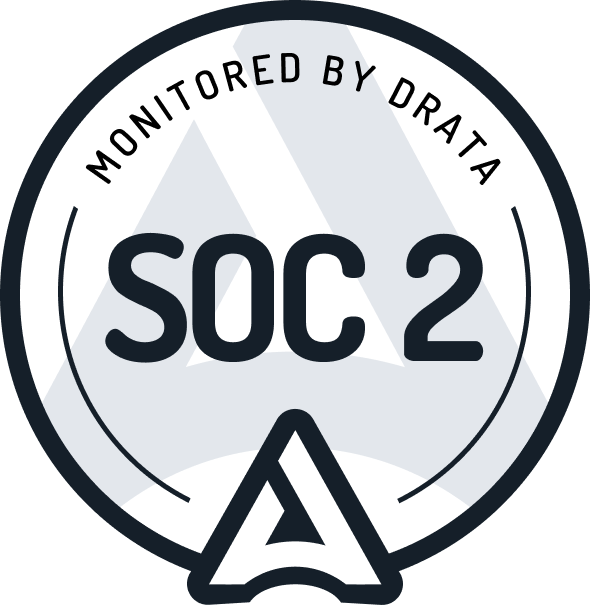Most of us consider ourselves fair and unbiased individuals — especially if we’re championing diversity, equity, and inclusion (DEI) within our organizations. Recruiting professionals and hiring managers may believe they aren’t influenced by a candidate’s name, age, alma mater, or address. Or that they don’t immediately disqualify candidates based on factors like their race, gender, ethnicity, or disability.
But the data tells a different story. When we examine hiring outcomes at scale, it’s clear a tremendous amount of selection bias still exists.
For example:
- Men are twice as likely to be hired, according to data from PNAS
- Only 4 percent of c-suites include women of color, according to McKinsey and Company
- Across all age groups, people with disabilities are less likely to be employed than those without, according to the Bureau of Labor Statistics
Fortunately, this is solvable. Today, we’re diving into why and how you should work to minimize selection bias in your organization, as well as sharing tips to support your existing efforts to combat bias.
What is Selection Bias?
To understand selection bias, we must first define it. The definition of selection bias is deciding to move forward or not move forward with a candidate based on [typically unconscious] bias. For example, a recruiter or hiring manager might move forward with a candidate because they went to the same college or pass on a candidate because they assume their age would prevent them from succeeding in the role.
Why It’s Important to Continue to Minimize Selection Bias
These types of biases lead to snap decisions that undermine the organization’s DEI objectives. According to a study by Ladders, recruiters spend just 7.4 seconds skimming a candidate’s resume or professional profile. And if they’re influenced by unconscious biases during those few moments (as many are), there’s a good chance they’re writing off legitimately qualified candidates based on details that have no bearing on their ability to perform the job.
In other words, it will be extremely difficult to meet your DEI goals and create a more diverse workforce if you don't address selection bias. If you’ve already made strides toward reducing selection bias, it’s crucial you continue to identify possible opportunities for further improvement.
4 Tips to Mitigate Selection Bias
There are a few things you can do to continue eliminating selection bias:
Pinpoint where bias occurs
You can’t solve a problem without identifying its root cause. So if you’re not meeting your diversity goals, you need to assess how you and your hiring teams are making hiring choices.
The next time a team makes a decision, conduct a post-mortem to discuss how each member landed on their choice and what caused them to pass on other candidates. Additionally, explore your job descriptions and sourcing methods to determine whether you’re limiting opportunities for diversity before the screening process even begins.
Educate your hiring teams
Most recruiters and hiring managers aren’t making these decisions out of malice. Unconscious biases are often so deeply ingrained that people don’t realize they exist or that they’re driving them to inadvertently support systemic inequities.
When hiring teams are aware of their unconscious biases, they’ll be more likely to stop and acknowledge them when they begin to creep into their decision-making process. That’s why education is vital. Every time a member of your organization becomes involved in the hiring process, make bias training mandatory for all hiring managers and interviewers. Teach them how to recognize when it arises, and why it’s essential we all work together to fight it.
Create processes that level the playing field
Next, develop additional internal processes to establish more equity within your hiring efforts. For example:
- Anonymize candidate information. Consider asking candidates to remove identifying information from their application and instead assign each candidate a number so you can keep track of their profile. You could also have someone outside the hiring team obscure all candidate information before beginning the screening process.
- Use equalizing mechanisms in interviews. E-commerce giant Etsy has a very casual culture with no dress code. While this was designed to help employees feel more comfortable, candidates who came onsite for interviews in formal attire were often ruled out because interviewers felt they would not fit within the company’s relaxed culture.
To help eliminate this bias, every candidate was given a lab coat to wear for their interview. Equalizing candidates’ attire enabled interviewers to focus more on the conversation.
- Use objective hiring assessments. Consider using pre-employment assessments to determine candidates’ qualifications independent of their work history, education, or personal background. (Just make sure you provide the same test under the same conditions for each candidate and offer accommodations to applicants with disabilities.)
Invest in tools that help reduce bias
Eliminating selection bias often means unlearning deeply ingrained ideas that create unconscious bias, which can be challenging. To prevent your hiring teams from backsliding into old habits, consider investing in tools that reduce bias.
For example, Mathison’s DEI platform offers a bias scanner and inclusive text analyzer to help you avoid exclusionary terms. Our solution also includes an anonymized LinkedIn sourcing tool that ensures you remain focused on experience and skills when searching for candidates.
However, as you explore hiring tech, beware of AI tools. Some machine learning programs promote bias by screening clients based on historical data. For example, if you have a homogenous workforce, the AI may exclude candidates outside that group.
Selection bias is a complicated challenge, but it’s critical you continue to identify where it’s coming from so you can develop processes to combat it. By consistently addressing these biases, having uncomfortable but vital conversations with your team, and taking actionable steps to minimize bias, you’ll clear the path for a more diverse and inclusive workforce.
.png)






.png)







